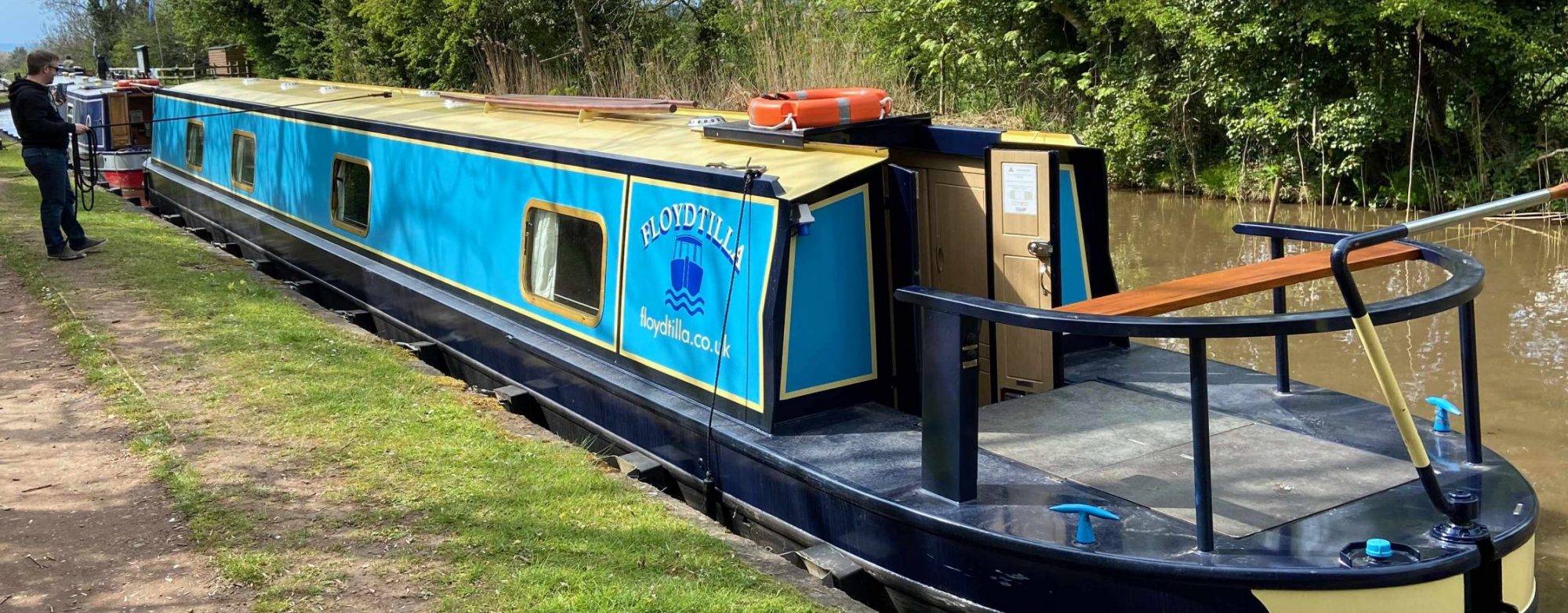Added the River Foss after the YouTube bloggers Michael and Jo from NB Perseverance filmed their trip passed the Inland Waterways Association Silver Propeller Challenge point at Wormalds Cut
If you are thinking of doing this watch this YouTube Video by Minimal List first
The River Foss, though modest in length and scale, offers a serene and historically intriguing journey through York’s lesser-known waterways. Navigable for approximately 1.5 miles from its confluence with the River Ouse at Castle Mills Lock, the Foss provides a unique perspective of the city, combining quiet, green surroundings with a touch of industrial and medieval heritage.
A Brief History
The River Foss has played an important role in York’s history, dating back to Roman times when it was used as part of the city’s defensive system. Later, during the medieval period, it powered mills and served as a trade route for goods. The river’s navigability was improved in the 18th century with the construction of Castle Mills Lock to connect it to the River Ouse, enabling small vessels to carry goods into the city.
By the 19th century, industrial use of the Foss had declined, and its role as a transport route diminished. Today, while the river is navigable only for a short stretch, it offers boaters a tranquil escape, showcasing York’s quieter side.
Features Along the River Foss
- Castle Mills Lock: This historic lock is the gateway to the Foss from the River Ouse. While navigating through, boaters are greeted by views of York’s ancient city walls and the remnants of Fishergate Postern Tower, part of the medieval city defenses. The lock itself is a reminder of the river’s importance as a transport link in the 18th and 19th centuries.
- Green Corridors: Once past the lock, the river meanders through peaceful stretches of greenery, with overhanging trees providing shade and occasional glimpses of wildlife, including swans, ducks, and kingfishers. This part of the Foss feels worlds away from the bustling city center.
- Rowntree Wharf: A striking building visible from the Foss, this 19th-century former flour mill has been repurposed into apartments. Its red-brick architecture is a prominent feature along the river and a nod to York’s industrial past.
- Layerthorpe Bridge: As you journey along the Foss, the modern Layerthorpe Bridge provides a stark contrast to the historic surroundings. This area once housed thriving industries, and remnants of old warehouses and wharfs can still be seen along the banks.
Nearby Attractions
While the navigable stretch of the Foss is short, its proximity to York’s historic landmarks makes it an appealing destination. Just steps from Castle Mills Lock, you’ll find:
- Clifford’s Tower: Perched atop a hill, this iconic Norman keep offers panoramic views of York and the rivers below.
- York Castle Museum: Located nearby, this museum provides fascinating insights into York’s history, housed in the former prison buildings of York Castle.
- The Shambles and City Center: A short walk from the Foss, York’s medieval streets and historic markets await exploration.
The River Foss offers a quiet, reflective experience for canal boaters seeking a different view of York. Though limited in scope, its rich history, scenic banks, and proximity to the city’s treasures make it a charming detour for those cruising the waterways of this historic city.

